Among the iconic predators of the African savannah, the cheetah stands out not just for its striking beauty and grace but, more importantly, for its incredible speed. In a world where survival depends on both cunning and skill, the cheetah’s ability to outpace its prey is a fascinating adaptation of nature. This article delves into how these magnificent creatures leverage their speed to become successful hunters amidst the competitive ecosystems they inhabit.
The Anatomy of Speed
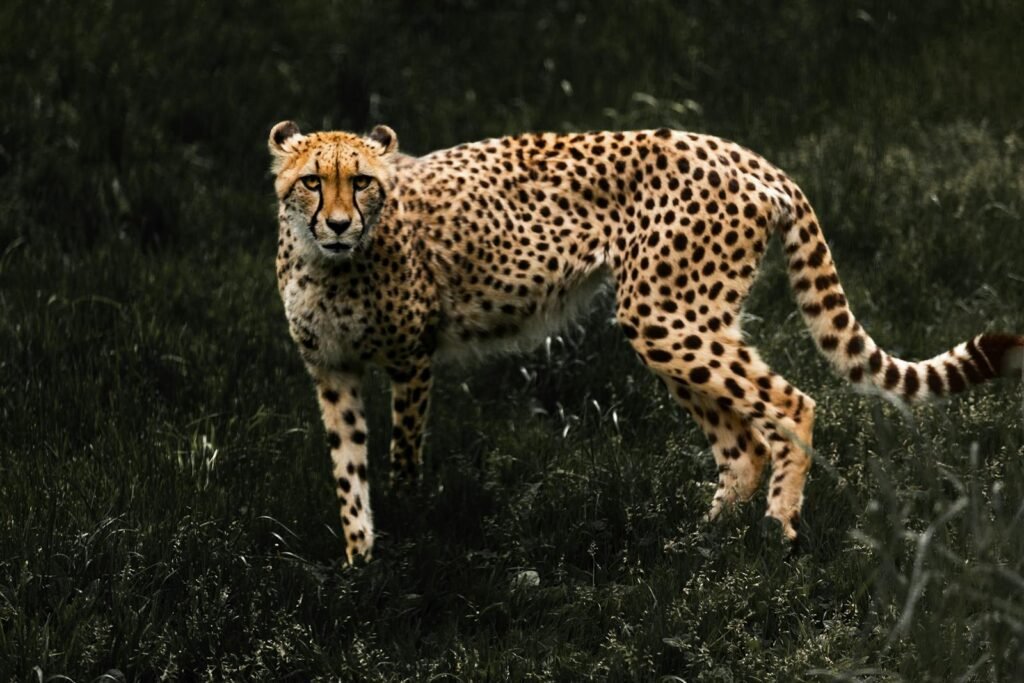
The cheetah is uniquely built for speed. A lightweight frame, long legs, and a flexible spine allow it to reach and maintain high velocities. Unlike other big cats, cheetahs have enlarged adrenal glands and lungs, enabling efficient oxygen circulation, all critical during their explosive chases. This anatomical design sets the stage for its hunting prowess and ability to outsmart its prey.
Acceleration and Top Speed
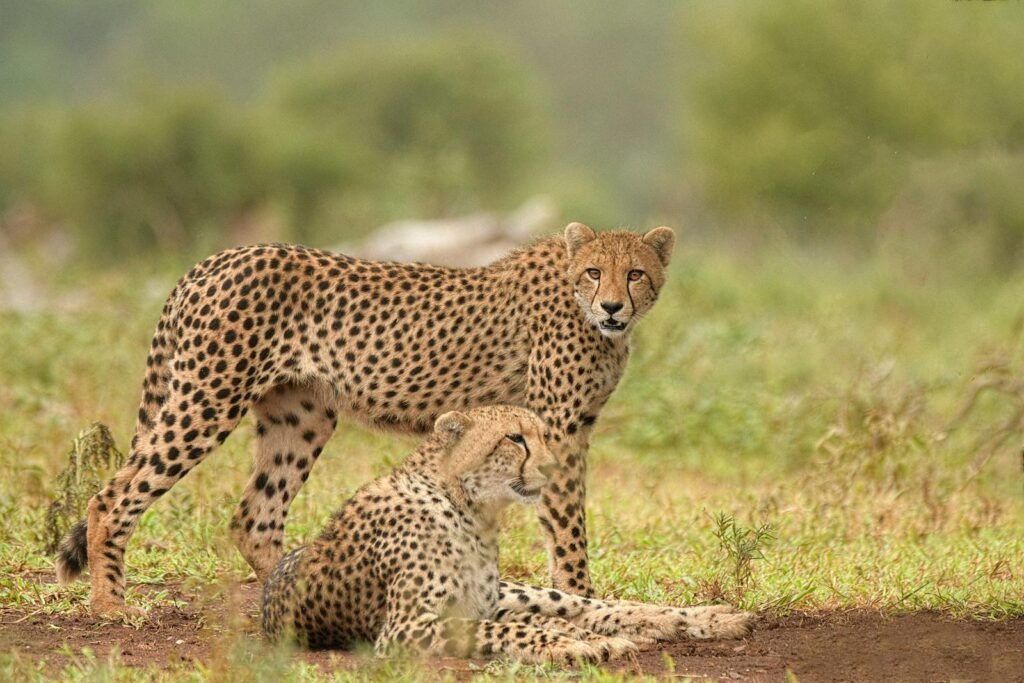
Cheetahs can accelerate from 0 to 60 miles per hour in a mere three seconds, a feat comparable to a sports car. This explosive acceleration gives them the element of surprise, making it difficult for prey to react quickly enough. Once a cheetah reaches its top speed of around 70 miles per hour, it can close the distance to its target with precision.
Stealth Approach
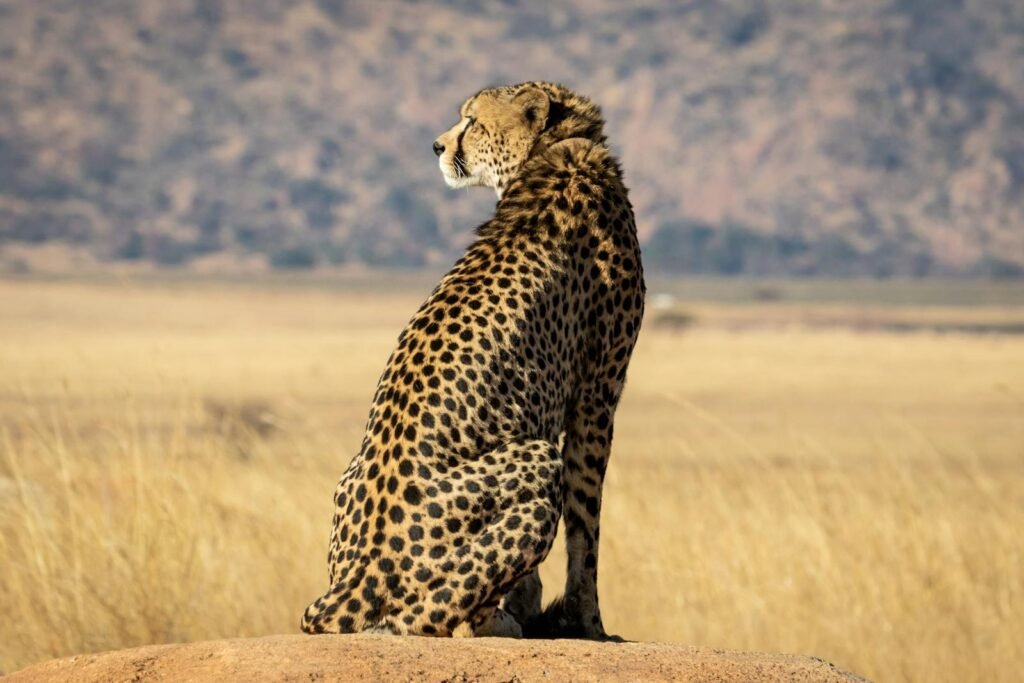
Despite their speed, cheetahs rely heavily on stealth. They often stalk within 100-200 meters of their prey before launching their high-speed chase. This initial stealthy approach is vital as it reduces the distance that needs to be covered at high speed, conserving precious energy needed for the chase.
Turning Agility
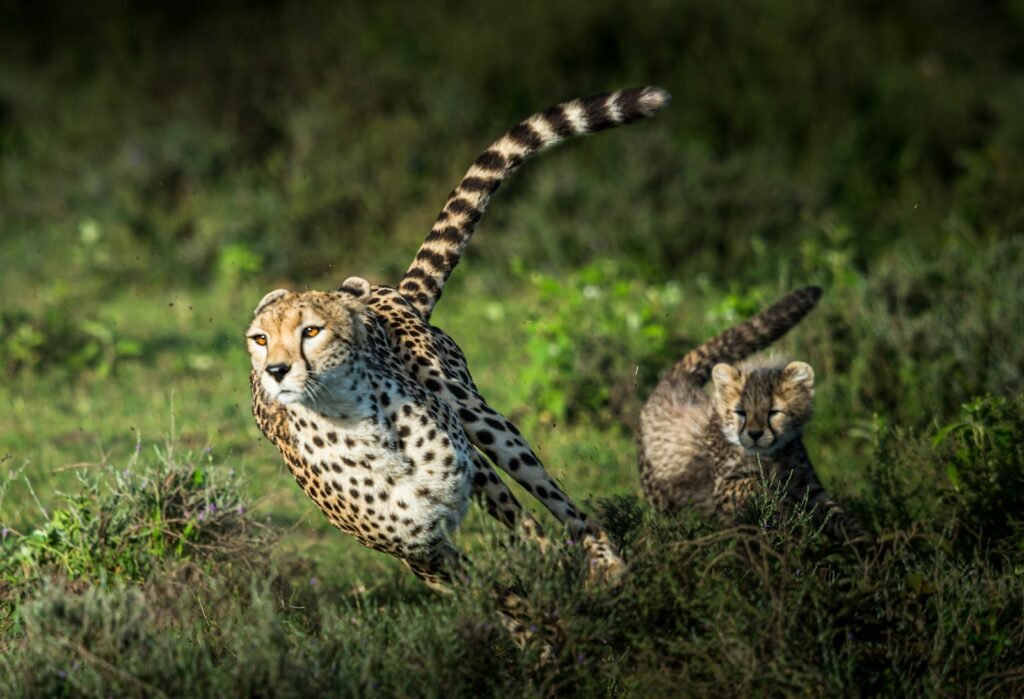
Cheetahs have a unique tail functioning as a rudder to help maintain balance and make sharp turns during a chase. This agility allows them to match the unpredictable escape patterns of their prey, which often attempt to evade capture by darting in various directions. This ability to turn sharply at high speed gives cheetahs an edge over the more rigid movements of their prey.
Energy Management
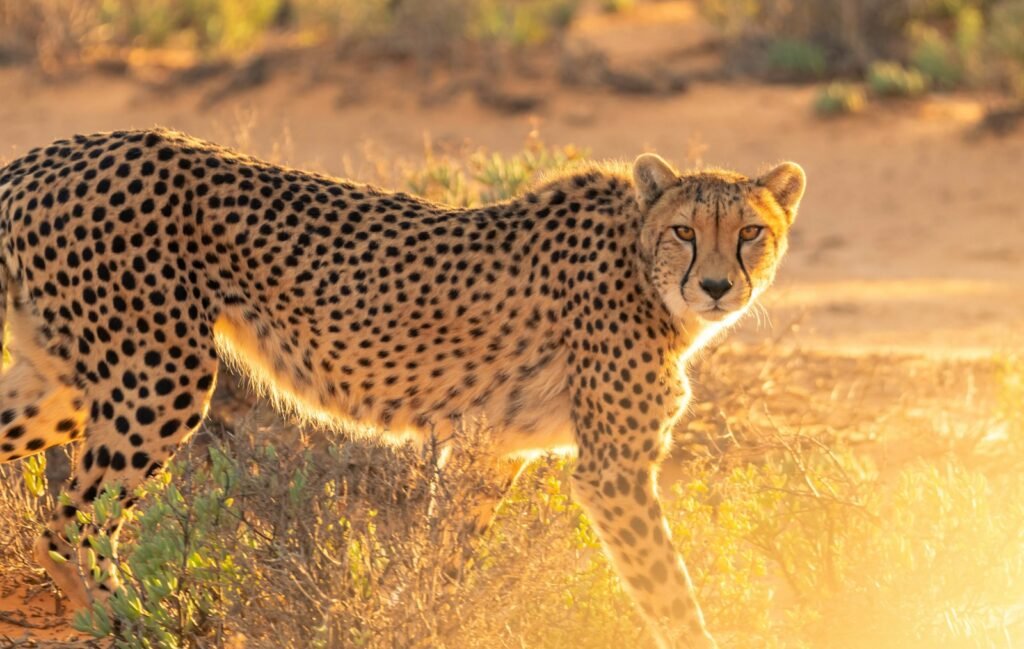
Despite their speed, cheetahs are a burst-hunting predator. The intense energy output required during a chase limits them to short sprints, usually no more than 20-30 seconds. As such, cheetahs diligently choose when to begin a chase, ensuring optimal conditions for a successful hunt, such as the right distance and angle from prey.
Target Selection
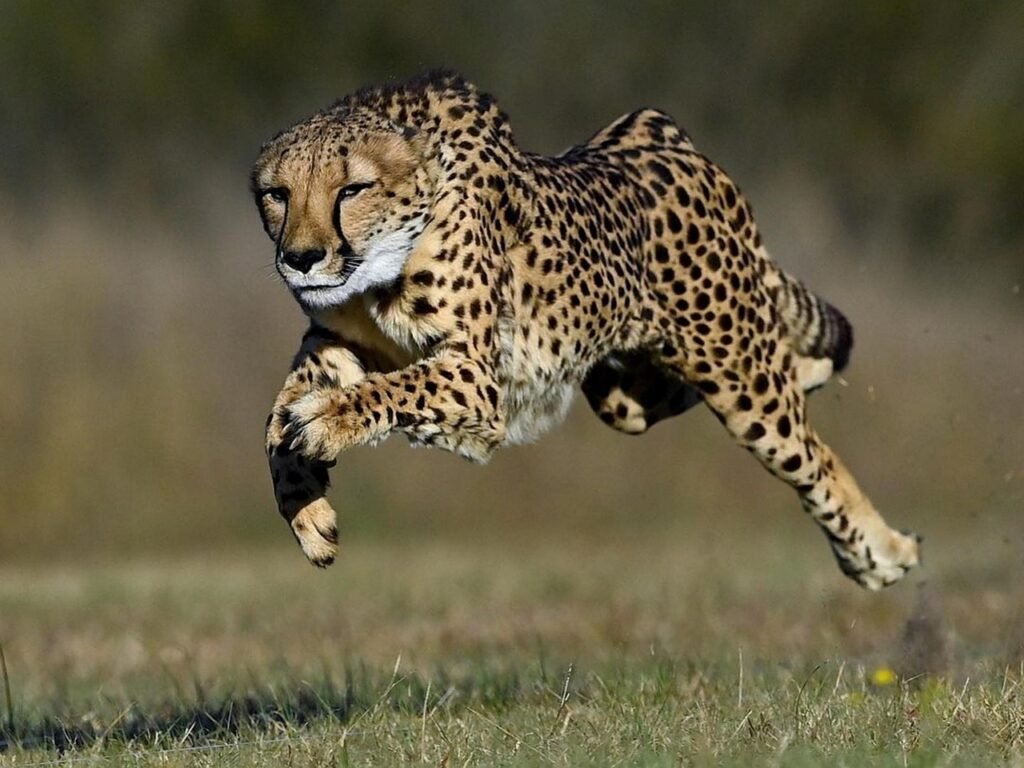
Cheetahs are strategic in choosing their prey, often selecting the young, weak, or isolated individuals from a herd. By going after the more vulnerable members, cheetahs increase their chances of a successful hunt, using their speed to outmaneuver animals that may try to flee.
Visual Prowess
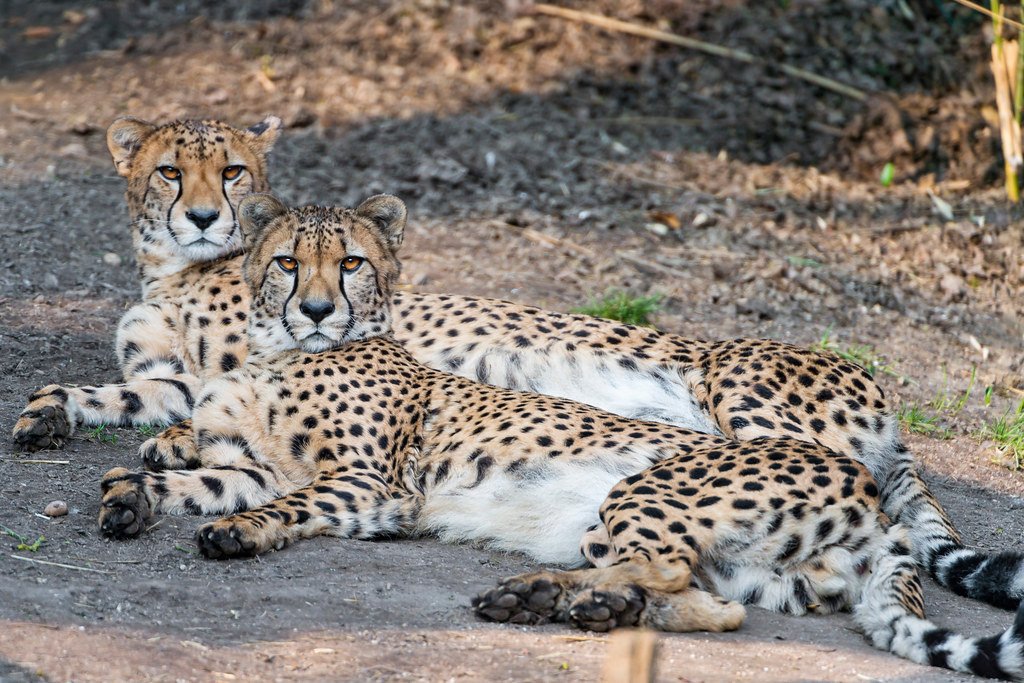
Equipped with excellent vision, cheetahs can spot potential prey from significant distances, even in low light conditions. Their keen eyesight aids in tracking and estimating the best approach and timing for their high-speed pursuits, often in open plains where cover is scarce.
Pounce and Capture
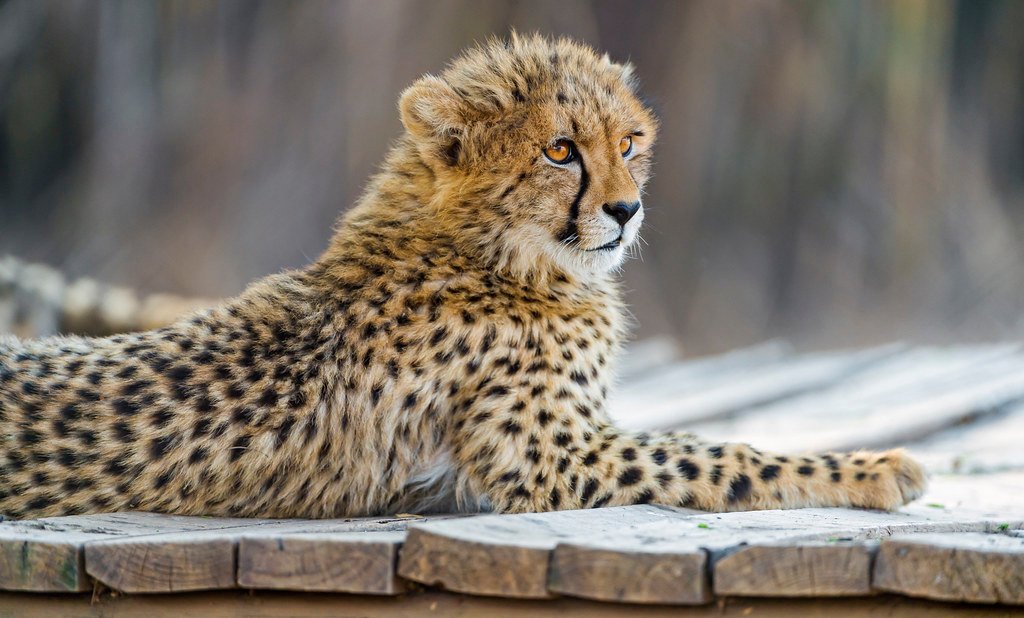
The final phase of a cheetah’s hunt often involves a rapid pounce, using its speed to leap and trip its prey with its dewclaw, causing a stumble and eventual downfall. This ability to execute the final capture maneuver is vital for subduing the prey quickly and efficiently.
Challenges and Risks
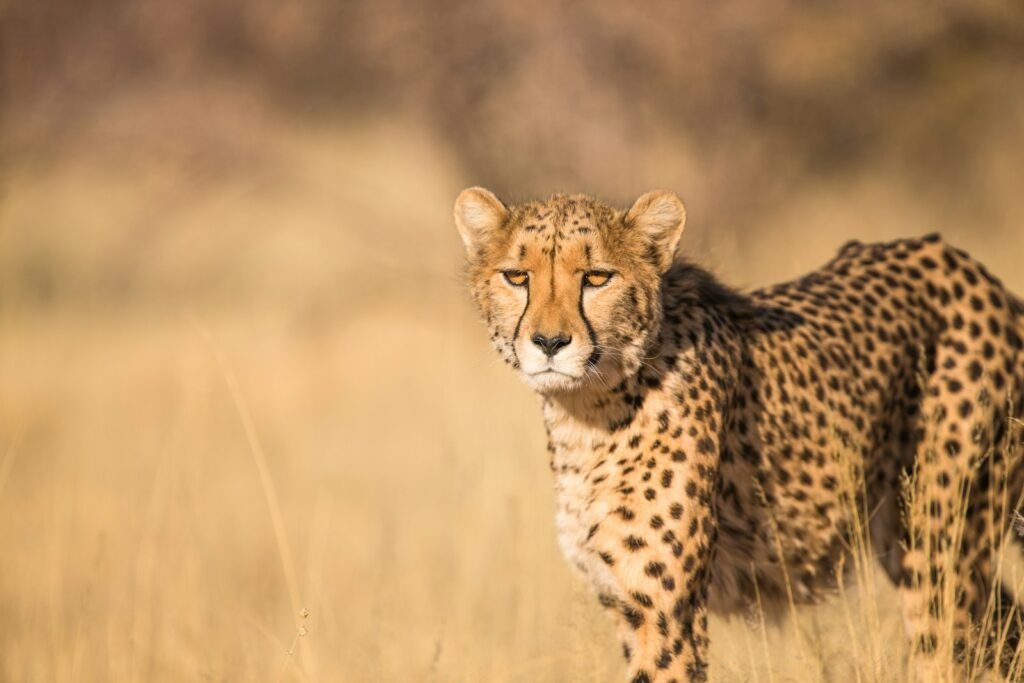
While their speed is unparalleled, cheetahs face numerous challenges in retaining their meal. Larger predators like lions and hyenas often scavenge from cheetahs, capitalizing on their exhaustion post-hunt. Therefore, cheetahs must not only rely on speed but also on timing and careful planning.
Conservation and Future
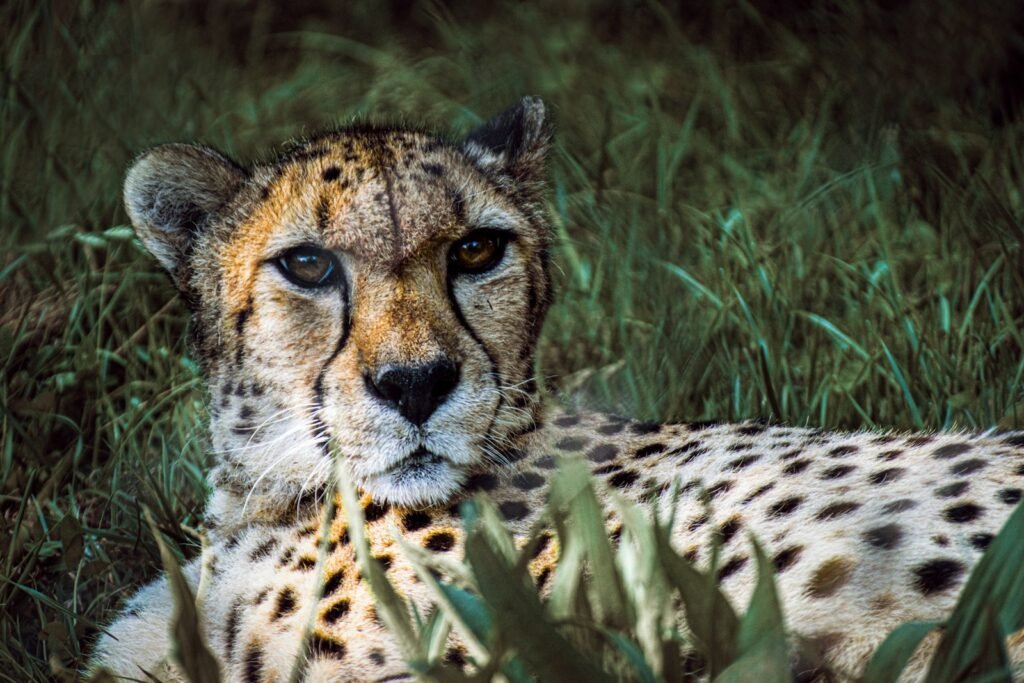
Despite their evolutionary advantage in speed, cheetahs face significant threats from habitat loss and human activity, leading to declining populations. Conservation efforts aim to preserve the natural environments where cheetahs can exercise their incredible speed, maintain ecological balance, and continue their role as iconic predators of the wild.
In summary, the cheetah’s use of speed to outsmart its prey is a complex interplay of anatomy, strategy, and sheer will. While speed is its most potent tool, it’s the cheetah’s overall strategy and adaptation that make it a successful predator. Understanding these majestic creatures gives us insight not only into the animal kingdom but also highlights the importance of preserving biodiversity to maintain the wonders of nature.
Hi, I’m Bola, a passionate writer and creative strategist with a knack for crafting compelling content that educates, inspires, and connects. Over the years, I’ve honed my skills across various writing fields, including content creation, copywriting, online course development, and video scriptwriting.
When I’m not at my desk, you’ll find me exploring new ideas, reading books, or brainstorming creative ways to solve challenges. I believe that words have the power to transform, and I’m here to help you leverage that power for success.
Thanks for stopping by, Keep coming to this website to checkout new articles form me. You’d always love it!






